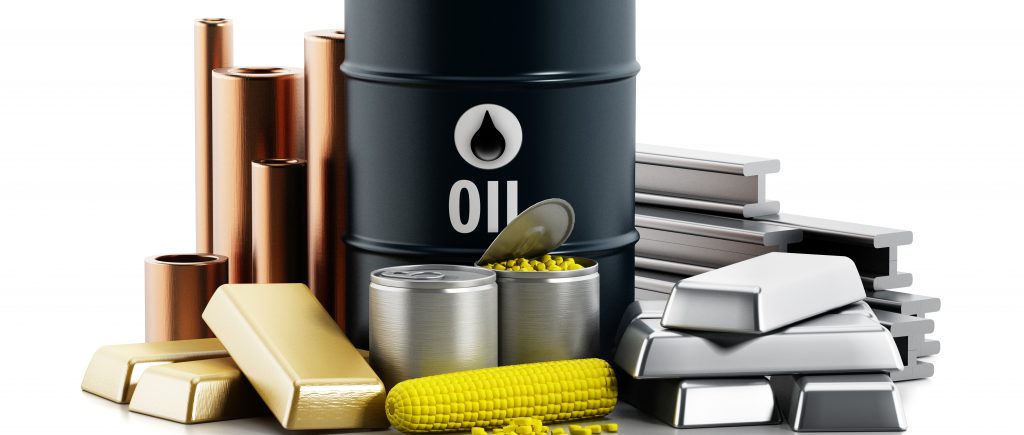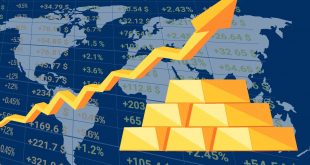Gold has stolen the spotlight in 2025 with a dazzling 30% year-to-date surge, outpacing stocks and bonds as central banks stockpile the precious metal and investors seek safety amid global uncertainty. Yet, while gold’s rally captivates markets, a broader range of commodities—spanning industrial metals, energy, and agriculture—offers untapped potential for investors looking to diversify. With inflation holding above 4% and economic cycles shifting, commodities like silver, copper, and even agricultural goods are poised to shine, providing both inflation hedges and portfolio resilience.
The broader commodity market, tracked by indices like the one comprising 20% precious metals, 16% industrial metals, nearly a third in energy, and the rest in agriculture, is showing signs of life. Silver has climbed 18% this year, hitting 14-year highs, driven by booming demand from AI and electric vehicle industries, which rely on its electrical conductivity. Agricultural commodities like soybeans, wheat, coffee, and cocoa are also rallying, fueled by disruptive weather patterns and tightening supply. Meanwhile, industrial metals such as copper are seeing double-digit gains on resurgent demand. These trends suggest that diversifying beyond gold could unlock significant upside, especially as global growth slows and trade uncertainties linger.
Commodity-focused exchange-traded funds (ETFs) are gaining traction as an efficient way to tap into this diverse market. One prominent actively managed commodity ETF, with nearly $5 billion in assets, has attracted over $400 million in inflows this year, leveraging an optimum yield strategy to balance energy, precious metals, and soft commodities without complex tax forms. Another popular ETF focused on physical silver has netted over $300 million in inflows, capitalizing on silver’s industrial demand. Broader commodity ETFs, with allocations split across precious metals, energy, and agriculture, are also seeing positive investor interest, offering low correlation to traditional markets and robust inflation-hedging benefits.
Despite crude oil prices facing headwinds from oversupply and non-OPEC production, the commodity complex remains a compelling investment case. Central bank buying has driven much of gold’s rally, but experts caution against chasing trends, advocating instead for strategic allocations to undervalued sectors like silver and agriculture. With the Federal Reserve signaling a cautious approach to rate cuts and inflation persisting, commodities offer a hedge against uncertainty and late-cycle economic risks. As markets navigate trade tensions and supply constraints, a diversified commodity portfolio could be the key to capturing value in an evolving economic landscape.

 Noor Trends News, Technical Analysis, Educational Tools and Recommendations
Noor Trends News, Technical Analysis, Educational Tools and Recommendations




